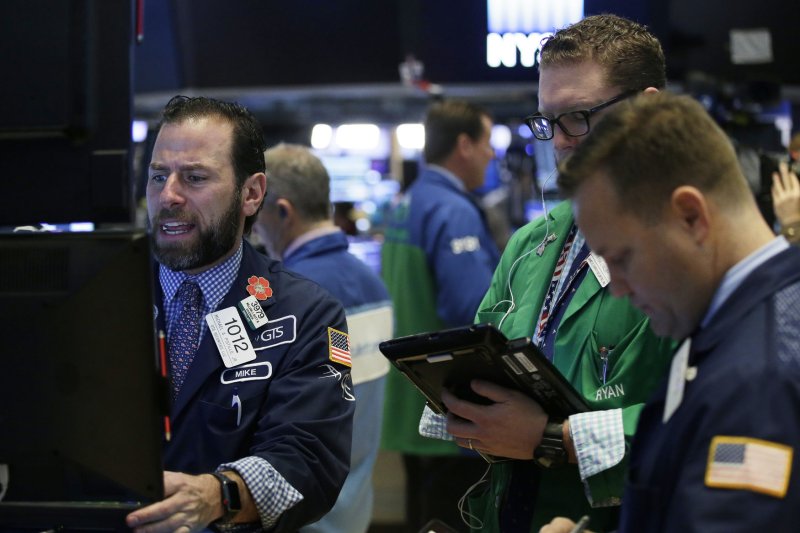The price for crude oil slips below $70 per barrel on profit-taking, though so far the bullish sentiment persists. File photo by John Angelillo/UPI |
License Photo
Jan. 16 (UPI) -- Oil prices pulled back from a fresh psychological threshold on Tuesday, but compliance with an OPEC-credited deal with setting the price floor remained supported.
Crude oil prices extended the rally into a Monday session thinned by the federal holiday in the United States, with Brent crude oil closing above $70 for the first time since December 2014. A geopolitical risk premium, a general outlook for improving demand and the one-year extension of an agreement led by the Organization of Petroleum Exporting Countries to balance an oversupplied market for crude oil all add up to a bullish sentiment to start the year.
Phil Flynn, the senior market analyst for the PRICE Futures Group in Chicago, said in a market commentary emailed to UPI that OPEC compliance could push the price of oil into the $80 range, but the recent levels mean it may be time to cash in.
"Even as the market gets a little turn around Tuesday profit taking, the oil bears are having to throw in the towel," he said.
The price for Brent, the global benchmark, was down 1.12 percent as of 9:13 a.m. EST to $69.33 per barrel. West Texas Intermediate, the U.S. benchmark for the price of oil, was down 0.42 percent to $64.03 per barrel.
The spread, or difference, between WTI and Brent widened last year and lent support to higher U.S. crude oil exports, though that gap has narrowed so far this year. Nevertheless, traders are wondering about the impact U.S. shale oil production will have on the effort to balance the market as total output from the United States is, at 10 million barrels per day on average for the year, expected to break an all-time record.
Last week, Iranian Oil Minister Bijan Zangeneh said OPEC members were wary about a price point above $60 per barrel because it might spark a drive in U.S. shale. Rising rig counts, a reflection of exploration and production activity, are common with gains in the price of oil, though the lag time means it may be several months before those figures show up as actual U.S. barrels.
On Tuesday, Russian Oil Minister Alexander Novak said it was the gap between supply and demand that drove the OPEC agreement, not the price of oil. Russia is the largest non-OPEC contributor to the arrangement and a member of a committee monitoring compliance. That committee meets during the upcoming weekend to consider the current market situation.
In its short-term market report for January, the U.S. Energy Information Administration said it expected the average price for Brent crude oil for 2018 will be $60 per barrel.















